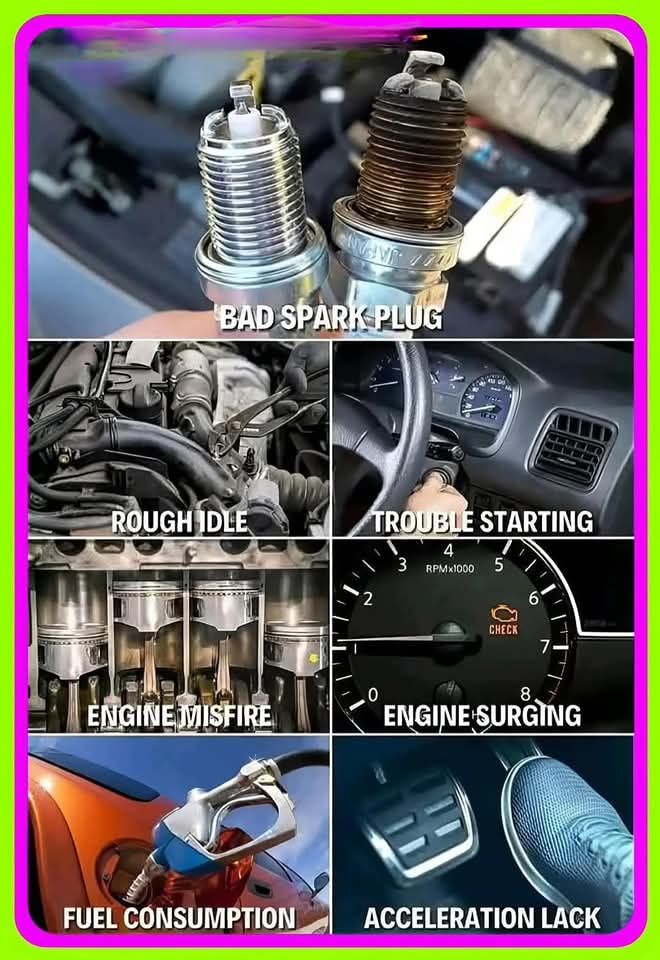The crankcase is a vital component of an internal combustion engine, providing a protective enclosure for crucial moving parts such as the crankshaft, connecting rods, and camshaft. It forms the lower part of the engine block and plays a pivotal role in ensuring the smooth operation of the engine.
Parts of the Crankcase
The crankcase comprises several key components that work together to facilitate its functions. These include:
- Crankshaft Housing: This encases the crankshaft, ensuring its alignment and smooth rotation. The crankshaft housing is designed to withstand the stresses and strains imposed by the crankshaft’s movement.
- Oil Pan: Located at the bottom of the crankcase, the oil pan stores engine oil that lubricates the moving parts. The oil pan is typically made of a durable material, such as steel or aluminum, to withstand the rigors of engine operation.
- Main Bearings: These support the crankshaft, allowing it to rotate efficiently. The main bearings are designed to reduce friction and wear on the crankshaft, ensuring smooth engine operation.
- Ventilation System: The crankcase features a ventilation system that includes a Positive Crankcase Ventilation (PCV) valve. This system manages pressure within the crankcase and releases excess gases produced during combustion.
Working of Crankcase
During engine operation, the crankcase plays a crucial role in ensuring the smooth rotation of the crankshaft while minimizing vibration and wear. The oil pump circulates lubricant stored in the oil pan to the crankcase and other engine parts, reducing friction and wear.
The PCV system prevents pressure buildup within the crankcase by venting excess gases produced during combustion. This helps to maintain a stable internal environment, reducing the risk of damage to engine components.
Advantages of Crankcase
The crankcase offers several advantages that contribute to the overall efficiency and performance of the engine. These include:
- Lubrication: The crankcase facilitates efficient lubrication for moving parts, reducing friction and wear.
- Structural Support: The crankcase provides a rigid framework for engine components, ensuring their proper alignment and operation.
- Sealing: The crankcase prevents oil leakage and contamination, maintaining a clean internal environment.
- Ventilation: The crankcase ensures the removal of harmful combustion gases, maintaining a stable internal environment.
Symptoms of Crankcase Issues
Several symptoms can indicate crankcase issues, including:
- Excessive Oil Consumption: This can indicate leaks or worn components within the crankcase.
- Blue Smoke from Exhaust: This suggests that oil is entering the combustion chamber, potentially due to worn piston rings or cylinder walls.
- Engine Overheating: Insufficient lubrication can cause the engine to overheat, potentially leading to damage.
- High Pressure: This can cause gasket or seal failures, leading to oil leaks and other issues.
Maintenance and Repair
Regular maintenance and repair are crucial to ensure the longevity and performance of the crankcase. This includes:
- Regular Oil Changes: Regular oil changes help to maintain the cleanliness and lubricity of the engine.
- Inspections: Regular inspections help to identify potential issues before they become major problems.
- Repairs: Prompt repairs can help to prevent further damage and maintain the performance of the engine.
Conclusion
The crankcase is a critical component of an internal combustion engine, providing a protective enclosure for moving parts and facilitating efficient lubrication. Understanding the parts, working, advantages, and symptoms of crankcase issues can help ensure the optimal performance and longevity of the engine. Regular maintenance and repair are also crucial to maintaining the health and performance of the crankcase.
The crankcase plays a vital role in maintaining the overall health and performance of the engine. By understanding its functions, advantages, and potential issues, engine owners and operators can take proactive steps to ensure the longevity and efficiency of their engines.
In addition to regular maintenance and repair, engine owners and operators can also take steps to prevent crankcase issues. This includes:
- Regularly checking and maintaining the engine’s oil level
- Ensuring proper engine tuning and adjustment
- Avoiding extreme engine temperatures and pressures
- Using high-quality engine oil and filters
By taking these proactive steps, engine owners and operators can help to ensure the optimal performance and longevity of their engines, while also reducing the risk of costly repairs and downtime.
